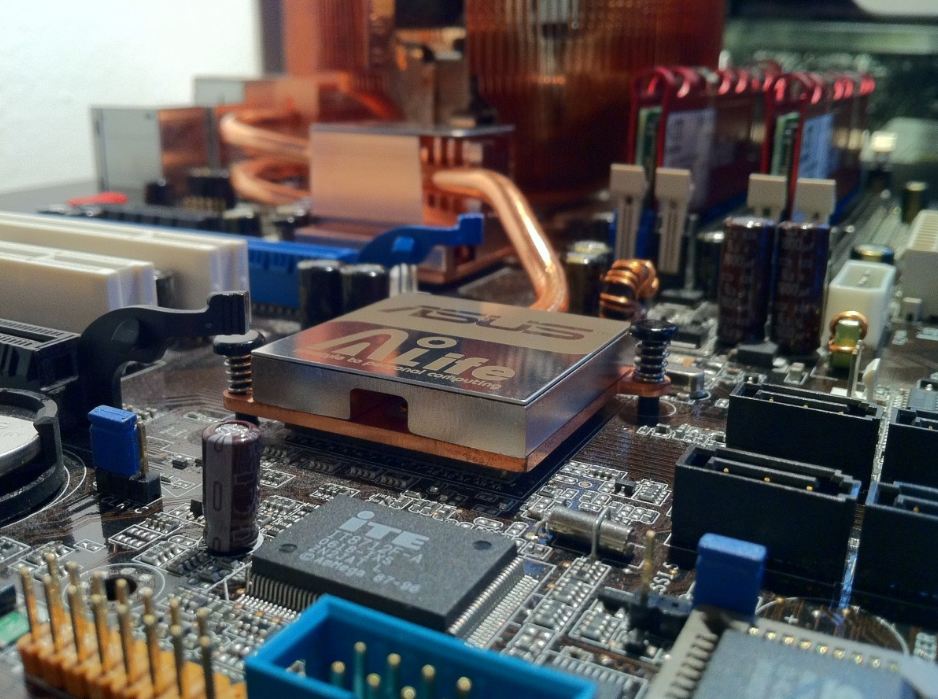Technopedia explains Computer Integrated Manufacturing (CIM) as the process of using computer-controlled machinery and automation systems to manufacture products. It is a closed-loop process that is based on real-time input from a number of sensors. It combines numerous computer-generated processes to complete the manufacturing of the product from start to finish.
The two most common processes used in CIM are CAD and CAM. Professor Ramkumar, based out of India, defines these two actions in an easy-to-understand way. CAD (Computer-Aided Design) is the use of computer-aided designs that are used to develop a geometric model. The 3-D model of the product will then be examined by the programs and ensure that they meet the manufacturing requirements. CAM (Computer-Aided Manufacturing) is a specific program that develops the Numerical Control port which is used for machining, and any other processes, that the product may need.
Let us dig into this process a little deeper by using an outline. It explains the process from start to finish in a basic manufacturing plant. Each CIM application may be a little different, but they all follow the basic steps discussed below. They all use some type of CAD-CAM software system to complete the steps in order.
- CAD is the first step in any manufacturing process. Designs are developed for the specific product being built.
- Manufacturing a prototype is next. It will be made by using the designs created by the CAD system.
- Next the CIM computers analyze the cost that it needed to create the product. It is compared to the price for which it could sell. If it is profitable the system will continue to the next step. If it is not, a new protype will be designed and made.
- The materials needed to create the product on a larger scale will be automatically ordered by the computer programs.
- The manufacturing of the product will begin using CAM programs that follow the design created during the first step of the process.
- Quality control issues will be checked at each point of the manufacturing process.
- Once the parts have been created, a system of robots will build the final product. The robot arms will work along a chain where each station has a specific task that it has been programmed to complete.
- Once again it needs to be mentioned that quality will be checked throughout the assembly process.
- Distribution comes next. The manufacturing plant will sell their finished products to wholesale companies that sell to the retailers across the world.
- The final step in the CIM process is the financials. The programs will update the books to show the cost of the product, as well as the income from sales. Basically, the CIM program does the basic accounting for the business for each type of product that is made and sold.
- The process will then start over again. It will continue to manufacture the same product until a change is needed by the company, which will then be added into the CIM system. From there the new product starts at step one and goes through until they are distributed.
The fundamental steps used in a Computer Integrated Manufacturing plant are easy to understand when you break them down into steps. Each step moves the process forward. If the product does not meet the design specifications or flunks a quality control inspection, it will be discarded, and the process will begin again from the start. CIM is used throughout the world in manufacturing plants of all types. Running a system that is sped along by computer programs saves time, money, and decreases the amount of money that is invested in each product.

